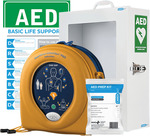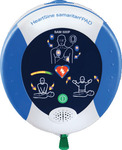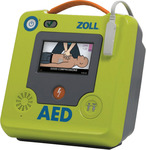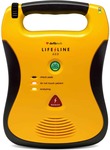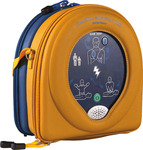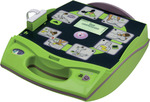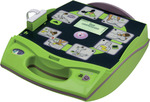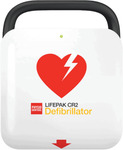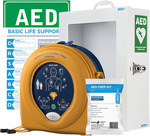Defibrillation is a treatment for life-threatening cardiac dysrhythmias, specifically ventricular fibrillation (VF) and non-perfusing ventricular tachycardia (VT). A defibrillator delivers a dose of electric current (often called a countershock) to the heart. Although not fully understood, this would depolarize a large amount of the heart muscle, ending the dysrhythmia. Subsequently, the body's natural pacemaker in the sinoatrial node of the heart is able to re-establish normal sinus rhythm.In contrast to defibrillation, synchronized electrical cardioversion is an electrical shock delivered in synchrony to the cardiac cycle. Although the person may still be critically ill, cardioversion normally aims to end poorly perfusing cardiac dysrhythmias, such as supraventricular tachycardia.Defibrillators can be external, transvenous, or implanted (implantable cardioverter-defibrillator), depending on the type of device used or needed. Some external units, known as automated external defibrillators (AEDs), automate the diagnosis of treatable rhythms, meaning that lay responders or bystanders are able to use them successfully with little or no training.
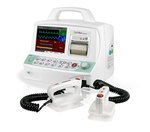
![[Short Dated] Lifepak CR2 AED Defibrillator $1,638 Delivered (Battery Expiry July 2027, RRP $2,995) @ The DEFIB Warehouse](https://files.ozbargain.com.au/n/27/900827.jpg?h=5022fc3f)
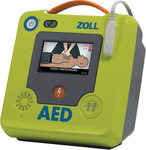
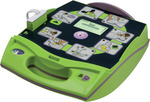
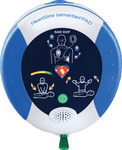
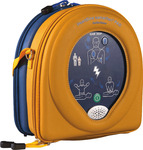
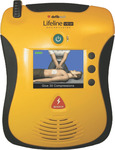
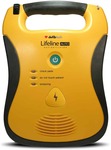

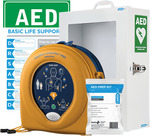
![[Back Order] Defibtech Lifeline View Defibrillator $2399 Delivered @ DDI Safety](https://files.ozbargain.com.au/n/92/807792.jpg?h=82c63af7)

